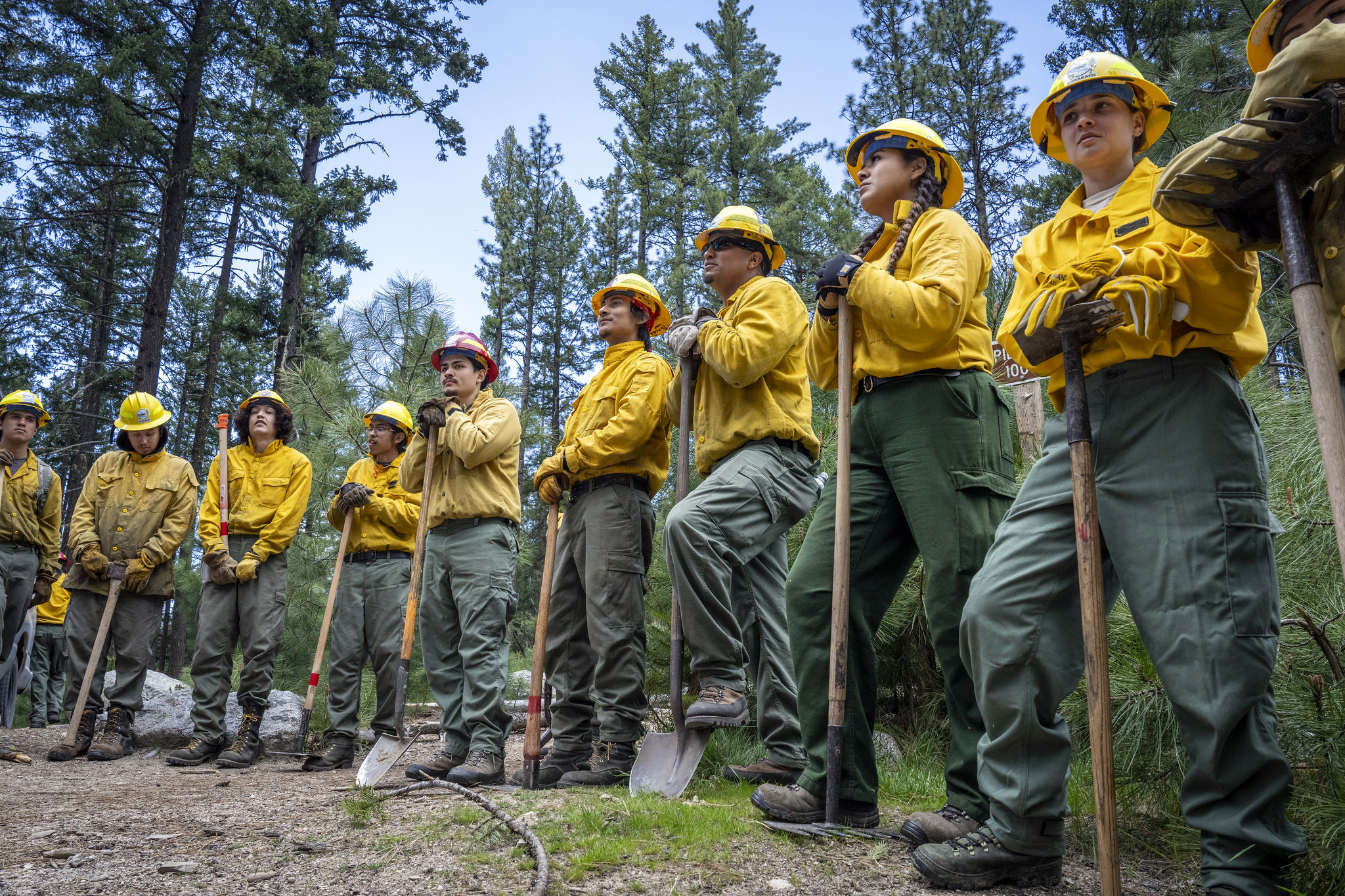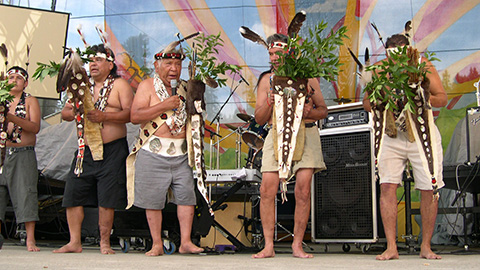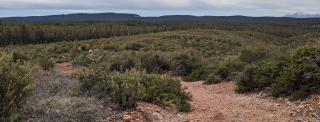
“Living with fire” -- understanding its role in ecology, management and communities – is an expression that became all too real for Arizonans following the devastating Dude Fire that occurred 33 years ago.
By the time firefighters declared the Dude Fire “controlled” 10 days later, it had burned more than 24,000 acres in two national forests, destroyed 63 homes and claimed the lives of six firefighters. It led federal and state agencies to ask how they could improve forest resiliency and reduce the wildfire risk to communities and infrastructure. After thorough interdisciplinary research using the best sciences available, the answer was the Dude Fire Restoration Project.
The Arizona Department of Forestry and Fire Management (DFFM) awarded the contract earlier this year and is overseeing implementation of this large-scale restoration project through the Good Neighbor Authority -- a cooperative agreement that allows the U.S. Department of Agriculture’s Forest Service (as well as the Bureau of Land Management) to authorize states, counties and federally recognized tribes to conduct certain projects on federal lands in pursuit of specified land management goals.
DFFM is collaborating with the Tonto National Forest along with the Salt River Project (Arizona’s electric power and water utility company) and the Arizona Fish and Game department to confront the wildfire crisis along the Mogollon Rim. The Good Neighbor Authority enables DFFM to implement watershed restoration, forest management and wildfire risk reduction.
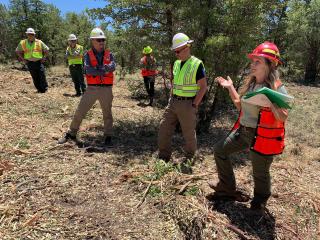
Dee Hines, DFFM’s Central District operations forester said he is very pleased to be part of this partnership in restoring the Dude Fire scar to a healthy ponderosa pine forest.
“We live in a fire adapted forest here along the Mogollon Rim,” Hines said. “With this project and our continued diligence, this restored forest will be resilient in the face of fire for many years to come."
Phase 1 of the Dude Fire Restoration project is underway. Crews are restoring 1,452 acres of ponderosa pine and woodland by removing encroaching vegetation adjacent to private land and infrastructure, and within ponderosa pine plantations. Mastication of vegetation will reduce the risk of catastrophic fire behavior and effects in and around the project area. Mastication refers to the use of several different types of equipment to grind, chip or break apart fuels such as brush and small trees and turn them into smaller pieces, reducing the density of fuels that surround pine trees. Officials project a spring 2024 completion for Phase 1.

The Forest Service’s ultimate goal is to improve the health and vigor of ponderosa pine trees planted in the 1990s after the Dude Fire. This project will remove competing brush and woodland tree species in preparation for the planting of new pine seedlings later this decade.
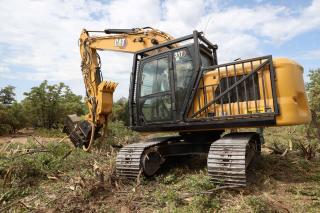
The project also improves two key watersheds, Upper East Verde and Ellison Creek, which flow into the Verde and Salt River watersheds.
The Dude Fire Restoration project is part of the Four Forest Restoration Initiative which is also commonly referred to as ‘4FRI,’ and is one of 21 landscapes that the Forest Service recently identified as part of its 10-year strategy for confronting the wildfire crisis. In addition to partner projects in at-risk areas, maintaining tribal connections is a critical component of the initiative.
Currently the Forest Service consults with 17 Native American tribes as well as 10 Navajo Nation chapters on 4FRI.
Visit the Forest Service’s wildfire crisis strategy website to read how the Tonto and other national forests continue working with partners – from other federal and state agencies to tribes and local communities – to reduce fuels and restore forest health.



